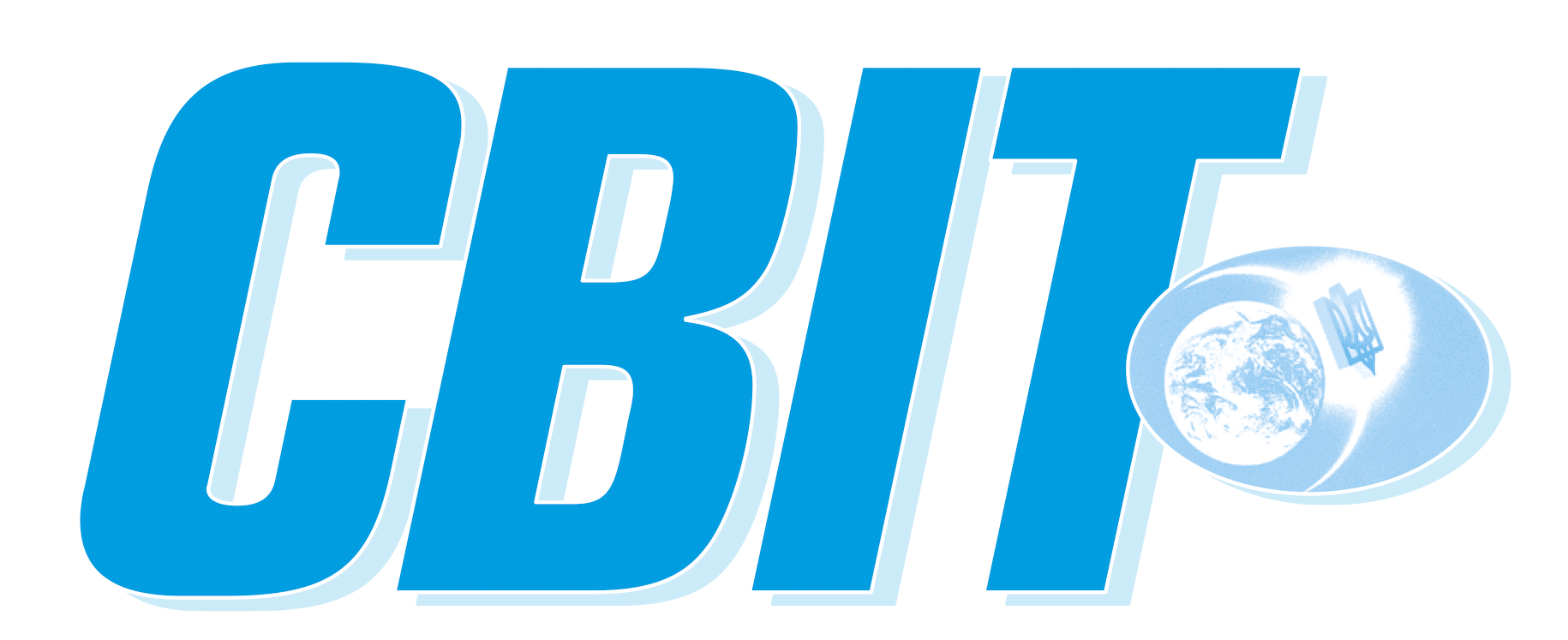The share of Ukrainians who believe that the situation in their country is moving in the wrong direction has increased from 61.7% to 65.9% over the past month, according to an all-Ukrainian public opinion poll conducted by Kyiv International Institute of Sociology (KIIS) on November 26-29, 2021.
“Over the past month, the share of those who believe that things in the country are moving in the wrong direction has increased from 61.7% to 65.9%. At the same time, the share of those who believe things are moving in the right direction has decreased from 22.7% to 18.6%,” the statement reads.
According to the survey, the majority of respondents (58.2%) do not support President Volodymyr Zelensky running for a second term, whereas 34.3% hold the opposite view.
The majority of respondents (65.9%) are negative about the possible introduction of remote voting via the Internet, whereas 29% are positive about this idea.
Some 51.6% of those polled believe that in the event of a Russian invasion, Zelensky will not be able to work effectively as supreme commander-in-chief, whereas 35.9% believe that he is able to work effectively.
At the same time, 32.8% of respondents support the introduction of martial law in Ukraine in response to Russia’s military build-up along the border, and 58.1% are against it.
When asked which Ukrainian president best coped with the duties of the supreme commander-in-chief, most respondents named Leonid Kuchma (22.8%) and Petro Poroshenko (21.9%). When asked which Ukrainian president best worked as foreign policy manager, most respondents named Poroshenko (25%) and Kuchma (23.4%).
According to the survey, half of the respondents (49.6%) believe that the decision by Servant of the People MPs not to attend programs on the TV channels Ukraine and Ukraine 24 is based on intolerance of criticism. Some 20.2% consider this to be just indignation due to these TV channels being biased.
Some 36% of respondents see de-oligarchization measures as a populist step to raise the ratings. Another 20.7% consider it an attempt to take control of TV channels owned by the oligarchs. About 18% believe that this is a step that will allow Ukraine to be successful, and that it is a sincere desire for justice. Some 17.5% perceive this as an attempt by Zelensky and his entourage to redistribute property and become oligarchs themselves.
According to the poll, 65.7% of Ukrainians know about the disruption of a special operation by Ukrainian special services to detain militants from Russia’s Wagner private military company, although only 20.6% say they are well informed about it and 33.2% say they have only heard something but do not know the details. At the same time, the level of awareness has increased over the last month (in October, 51.5% heard at least something about it).
Among the respondents who heard at least something about the operation, most respondents (37.4%) said Ukraine’s top political leadership is responsible for the transfer (leak) of information. Another 20.3% believe that this was due to a lack of professionalism and mistakes by the top political leadership. Other options were chosen by fewer respondents.
In addition, 39.2% of respondents trust Vasyl Burba, former head of the Main Intelligence Directorate of the Ukrainian Defense Ministry, who said that the special operation had been disrupted due to the intervention of the President’s Office, and there are people in the Office who transfer classified information to Russia. Some 38.6% do not trust this.
KIIS conducted the survey using computer-assisted telephone interviews (CATI), based on a random sample of mobile phone numbers. Some 1,203 respondents aged 18 and older living in all regions of Ukraine (except the Autonomous Republic of Crimea) were interviewed. The sample does not include territories that are temporarily not controlled by the Ukrainian government – the Autonomous Republic of Crimea, some districts of Donetsk and Luhansk regions.
The poll’s margin of error does not exceed 3.2% for figures close to 50%, 2.7% for figures close to 25%, 2.1% for figures close to 12%, and 1.4% for figures close to 5%.
